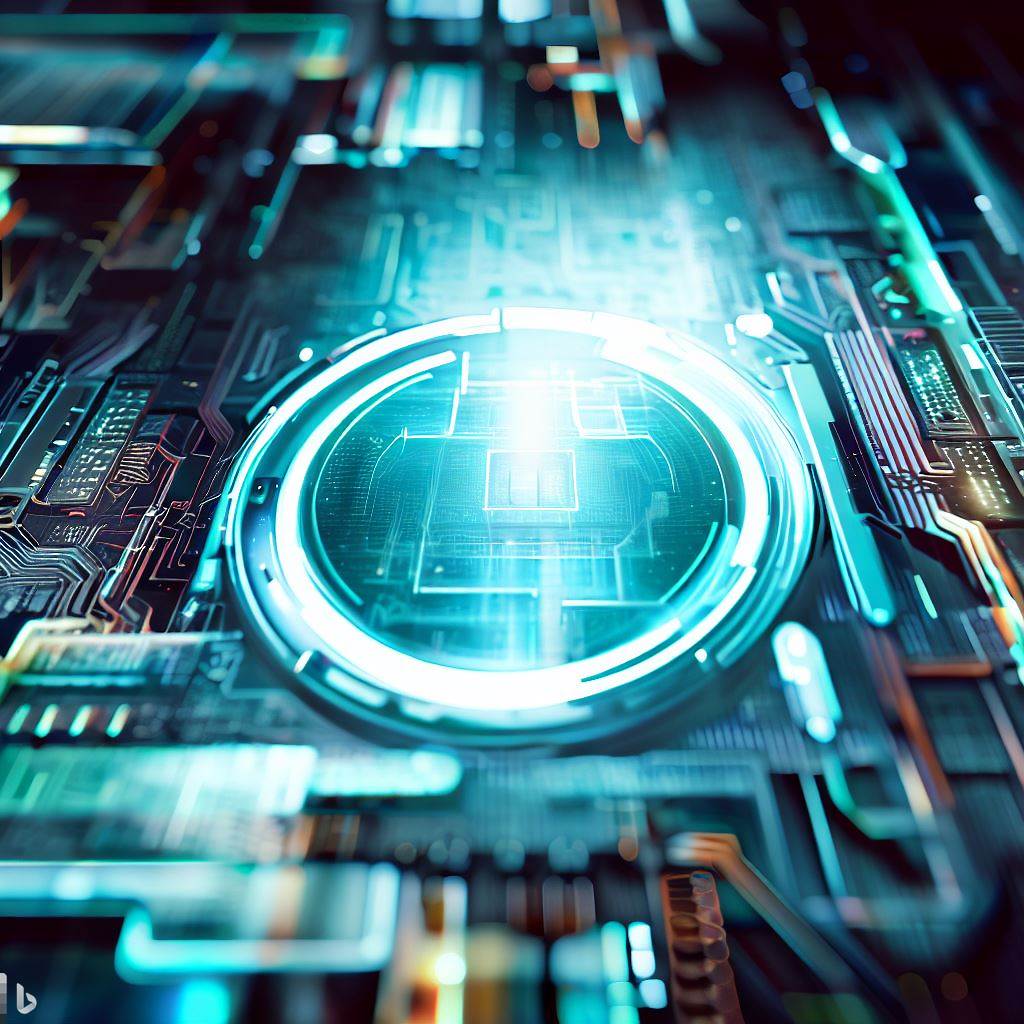The world of electronics has undergone a rapid transformation in the last few decades, and as we look ahead, several trends and technologies are poised to redefine the future of this sector:
- Miniaturization and Nanotechnology: As we advance in nanotechnology, the size of electronic components will continue to shrink, leading to more powerful and compact devices.
- Flexible and Wearable Electronics: The demand for flexible electronics, from foldable smartphones to wearable devices, will increase. These devices will be more ergonomic and can be integrated into everyday items like clothing and accessories.
- Quantum Computing: A leap from classical computing, quantum computers use the principles of quantum mechanics to perform computations at speeds previously thought impossible. They will revolutionize areas such as cryptography, optimization tasks, and drug discovery.
- Energy-Efficient Electronics: With the increasing need for sustainable solutions, future electronics will be designed to be more energy-efficient, with longer battery life and lesser environmental impact.
- Self-healing Electronics: Materials that can “heal” themselves will be integrated into devices, enabling them to repair minor damages autonomously.
- Organic Electronics: Made from organic materials instead of silicon, these electronics promise to be cheaper, flexible, and more environmentally friendly.
- Brain-Computer Interfaces (BCI): Direct communication between the brain and computers/devices will lead to breakthroughs in medical treatments, gaming, and various other fields.
- Neuromorphic Computing: Inspired by the human brain’s structure and functioning, neuromorphic chips will allow for more efficient and sophisticated AI computations.
- Augmented Reality (AR) and Virtual Reality (VR): These technologies will become more immersive and integrated, reshaping entertainment, education, and many other sectors.
- Internet of Everything (IoE): Beyond the Internet of Things (IoT), IoE will connect not just devices but also people, processes, and data, leading to smarter cities, homes, and industries.
- Advanced Sensing Technologies: Sensors will become more advanced, detecting finer details and operating in challenging environments. This will be crucial for sectors like healthcare, automotive, and defense.
- Integrated Photonics: Using light (photons) instead of electrons for computing can lead to faster, more efficient, and cooler electronic systems.
- Edge Computing: Instead of relying solely on centralized servers, processing will happen closer to where data is generated (like in IoT devices), leading to quicker response times and reduced latency.
- E-textiles: Clothing embedded with electronics, sensors, and connectivity will offer functionalities ranging from health monitoring to changing colors and patterns on the go.
In conclusion, the future of electronics is vibrant and holds the potential to transform every facet of our lives. While innovations promise numerous benefits, challenges related to privacy, security, and e-waste will also need to be addressed. As the line between digital and physical continues to blur, it’s an exciting era for electronics, driven by continuous innovation and integration.

